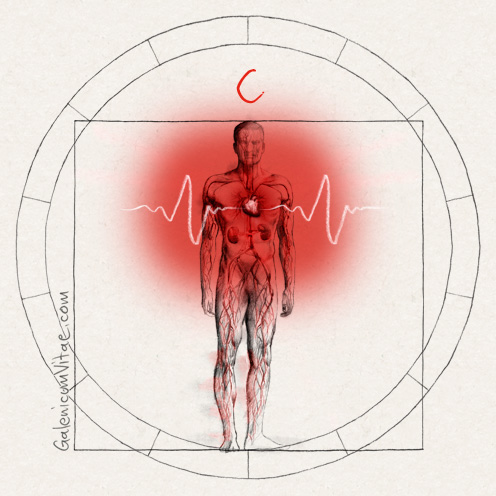Arrhythmia is a change in the rhythm of the heartbeat. It can present itself as the perception of the heart beating too fast or slow, or having an irregular pattern.
Risk factors. There are many: arterial hypertension, previous heart attack, damage to the heart valves, smoking, congenital heart defects and stress, among others. Some substances or medicines may also cause arrhythmias.
Prevention. Eat a healthy diet without fat and no added sugars, exercise moderately, avoid tobacco and alcohol, drink coffee in moderation and manage stress.
Treatment: Depending on the arrhythmia, various actions must be taken. Tachycardia can be treated with medication, you can have an external cardioversion or an ablation via catheterization of the cardiac tissue (short-circuit) or place a defibrillator in the chest. In the case of bradycardia, you can choose to have a pacemaker implanted.
Any abnormal heart rhythm is known as cardiac arrhythmia, either by characteristics (different rates of normal sinus rhythm) or inadequate variations in the frequency. Arrhythmia is, then, the variation of the regular rhythm of the heartbeat.
Symptoms of arrhythmias include:
- Fast or slow heartbeat.
- Skipping beats.
- Dizziness or vertigo.
- Chest pain.
- Shortness of breath.
- Sweating.
When the heart beats faster than normal, it is called tachycardia. When it beats too slowly, it is called bradycardia. The most common type of arrhythmia is atrial fibrillation, which causes the heartbeat to be irregular and to beat too fast.
Minor arrhythmias can be caused by the consumption of alcohol, tobacco, caffeine, stress or excessive exercise. The most common cause of arrhythmias is heart disease, particularly disease-induced hypertension and coronary artery disease, abnormal functioning of heart valves and heart failure. However, arrhythmias may occur for unknown reasons.
Normally, the heart beats in an orderly and rhythmic way (sinus rhythm). Heart rate is variable, and values between 50 and 100 beats per minute (bpm) are considered normal. However, it may be normal to find figures below or above these values, depending on the individual’s characteristics as well as the situation (low frequencies when at rest or asleep, and especially in young people or those who are in good shape; high frequencies during strenuous exercise or emotional stress).
For more information visit:
About Arrhythmia
http://www.heart.org/HEARTORG/Conditions/Arrhythmia/AboutArrhythmia/About-Arrhythmia_UCM_002010_Article.jsp
Arrhythmia
http://www.texasheart.org/HIC/Topics/Cond/Arrhythmia.cfm

 Digestive
Digestive  Blood
Blood Cardiovascular
Cardiovascular Dermatology
Dermatology Genitourinary,
Genitourinary, Hormones
Hormones Infections
Infections Oncology and
Oncology and Musculo-skeletal
Musculo-skeletal Mental health and
Mental health and Parasites
Parasites Respiratory
Respiratory Senses
Senses Various
Various




